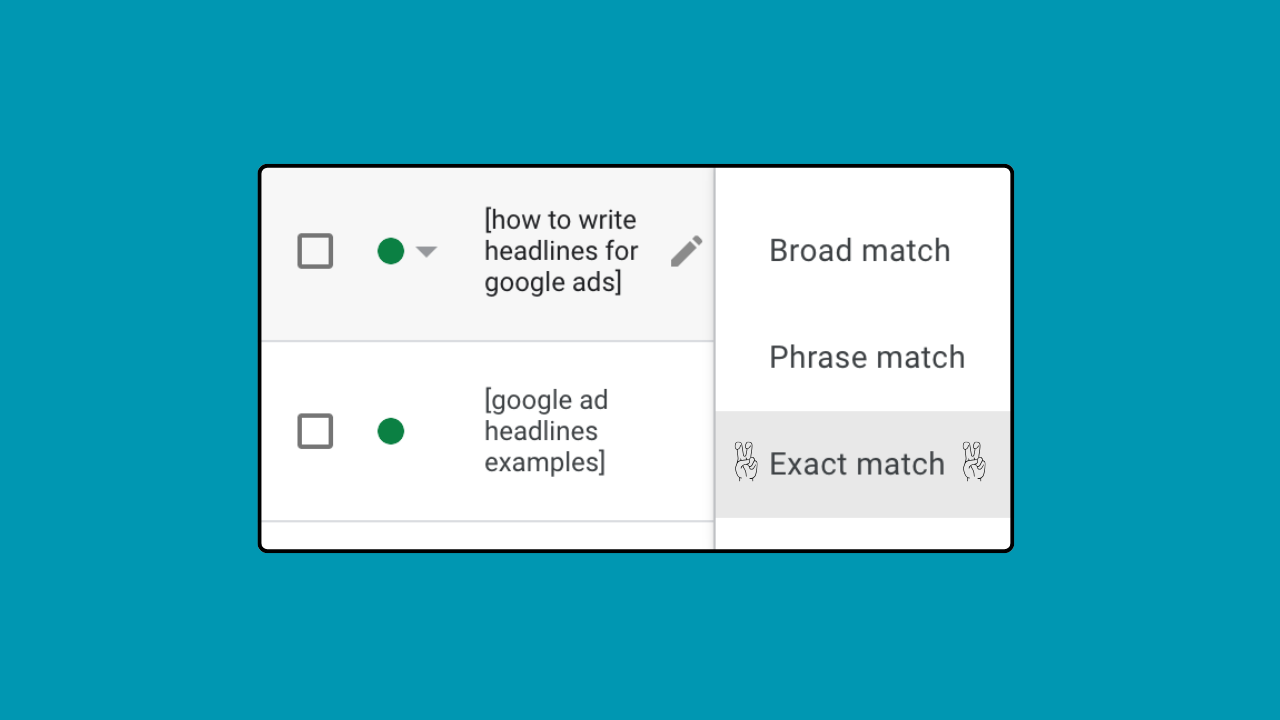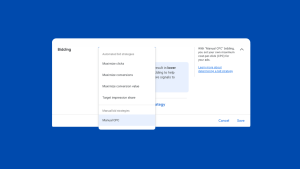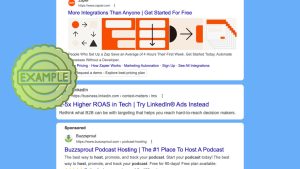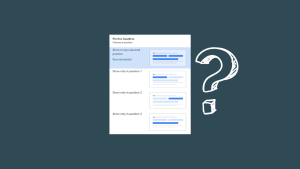If you’ve been running Google Ads for a while, you’ve probably felt the shift. I definitely have. I still remember the days when broad match modifier gave reliable flexibility, and exact match actually meant exact. The control was clean, the strategy was straightforward, and the results were easier to trace back to specific keywords.
But times are changing. And whether we like it or not, Google Ads in 2025 plays by new less keyword specific rules.
Table of Contents
- 1. What Google Says Match Types Are
- 2. What They Actually Do in 2025
- 3. When I Use Each Match Type
- 4. Tips I Wish I Knew Sooner
- Final Thoughts
1. What Google Says Match Types Are
Let’s start with Google’s current definitions in 2025.
| Match Type | Modifier Pattern | Description | Example |
|---|---|---|---|
| Broad Match | Keyword | Broad match is a keyword setting that displays your ad for searches that include misspellings, synonyms, related searches, and other relevant variations. This allows your ad to reach a wider audience by appearing in searches that are broadly related to your keywords. Generally it’s no good to heavily use broad match unless your account has good conversion data to work with. Otherwise Google will build on a wide range of keywords that may or may not be relevant. | blue corn tortilla chips |
| Phrase Match | “keyword” | Phrase match shows your ad for searches that include the exact phrase or close variations of the phrase, with additional words before or after. Phrase match has increasingly gotten more broad with its variations and it’s hard to figure out what keywords it targets specifically. | “blue corn tortilla chips” |
| Exact Match | [keyword] | Exact match displays your ad only for searches that match the exact keyword or close variations of that exact term. This provides the highest level of control over who sees your ad, ensuring it appears only for specific searches. Use exact match for keywords you know you want to bid for or have converted in the past. | [blue corn tortilla chips] |
Use our tool get set up all match types for keywords quickly.
2. What They Actually Do in 2025
Here’s the thing. Google’s match types today are less about what you write and more about what it thinks the user wants.
Exact Match: Not So Exact
I used to love exact match for the precision. If I wanted to target “emergency dentist Toronto,” I’d get exactly that. Now, I might match for “urgent dental clinic downtown”—which is… close, but not quite what I meant.
That said, I still use exact match to anchor my campaigns. It gives me the cleanest intent and the most control over search queries. Just know it’s more like “close enough” match these days.
Phrase Match: The New Safe Zone
Phrase match has become my go-to when I’m testing ideas or want a little flexibility without completely handing over the keys to Google. It’s looser than it used to be, but not as unpredictable as broad.
I once launched a phrase match campaign for "employee engagement tool" and ended up matching for “best HR software for small teams”—which turned out to be a great lead segment. That’s the kind of pleasant surprise phrase match can deliver.
Broad Match: A Whole New Animal
If you’re just getting started or don’t have conversion tracking set up, broad match can be risky. But if you’ve got solid data, Google’s machine learning can take it and run.
One of my accounts was stuck in a performance plateau. I switched a few high-intent keywords to broad match and layered in Smart Bidding. A few weeks later, we uncovered new converting terms I hadn’t even considered—like adjacent industries and long-tail phrasing.
I still don’t trust it fully without good guardrails, but I respect it more than I used to.
3. When I Use Each Match Type
Here’s how I personally use match types in 2025:
| Match Type | I Use It When… |
|---|---|
| Exact | I want high-quality leads, I’m testing conversions, or I’m working with a small budget. I know these keywords have high-intent and have a high chance of converting. |
| Phrase | I want to discover keyword variations. |
| Broad | I’ve got reliable conversion tracking and want to scale or find new keyword traffic sources. |
A Few Real-Life Setups
Local Business on a Budget
For a plumbing client, I’d stick with exact match like [plumber Toronto] and "24 hour plumber downtown". Phrase match would help surface a few longer-tail leads, but broad might just burn money.
SaaS Product Trying to Grow
I was working with a B2B SaaS tool that helped teams manage time-off requests. We started with exact match keywords like [PTO tracking software] and [leave management system], which brought in solid early leads.
Once we had enough conversion data, I tested broad match with terms like HR software and employee scheduling. That opened the door to unexpected but relevant searches like “tools for managing hybrid teams” and “employee availability calendar”—terms that turned into qualified demos.
Small eCommerce Store
Exact match covered our top products, phrase match caught gift-related searches, and broad helped us spot new seasonal keywords that weren’t even on our radar.
4. Tips I Wish I Knew Sooner
- Always check your search terms report. Even with exact match, you’ll find some weird surprises.
- Use negatives early and often. I’ve seen broad match pick up competitors’ brand names or completely unrelated products.
- Don’t mix match types in the same ad group if you want clean testing. I keep mine split by campaign if I want to control budgets per match type.
- Broad + Smart Bidding = potential, but only when your data is strong and goals are clear.
- If your ads aren’t showing, exact match keywords might have enough search volume.
Final Thoughts
These days, I think of match types more like signals than strict rules. They’re a starting point, not a hard filter.
My advice? Start narrow. Get clean data. And when you’re ready, open the gates slowly with phrase and broad. Let the algorithm help, but stay sharp. You’re still the strategist.






